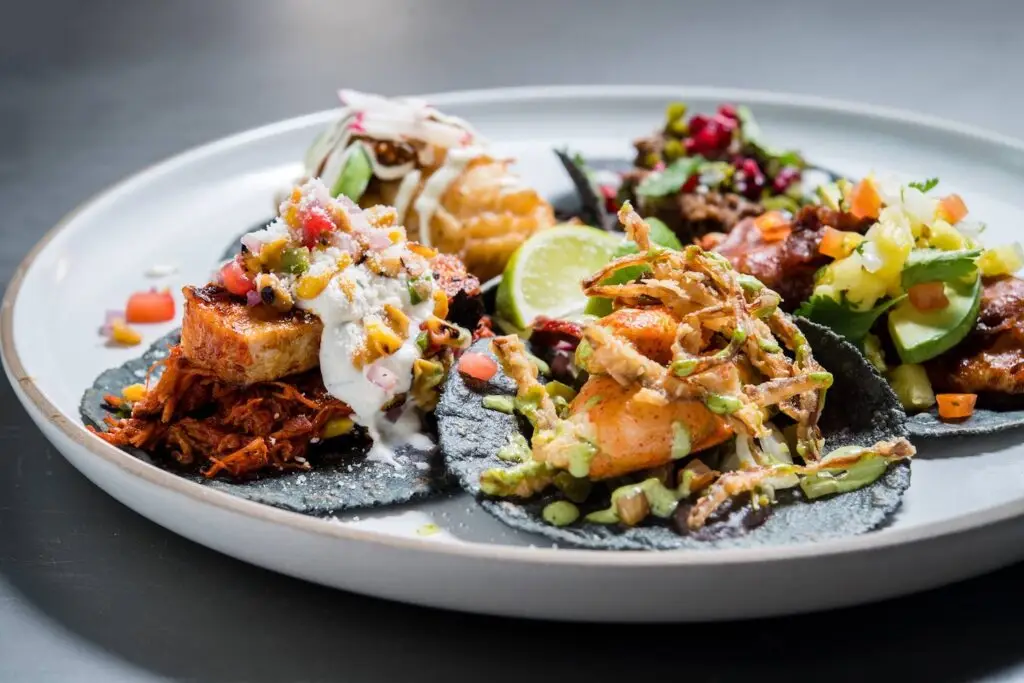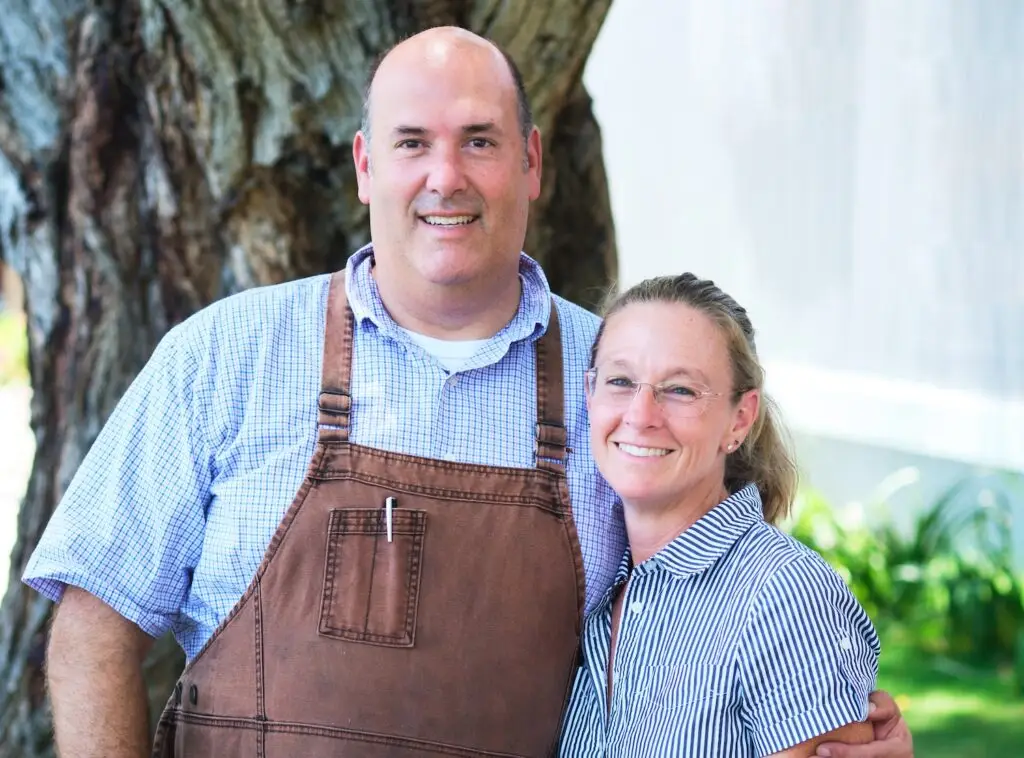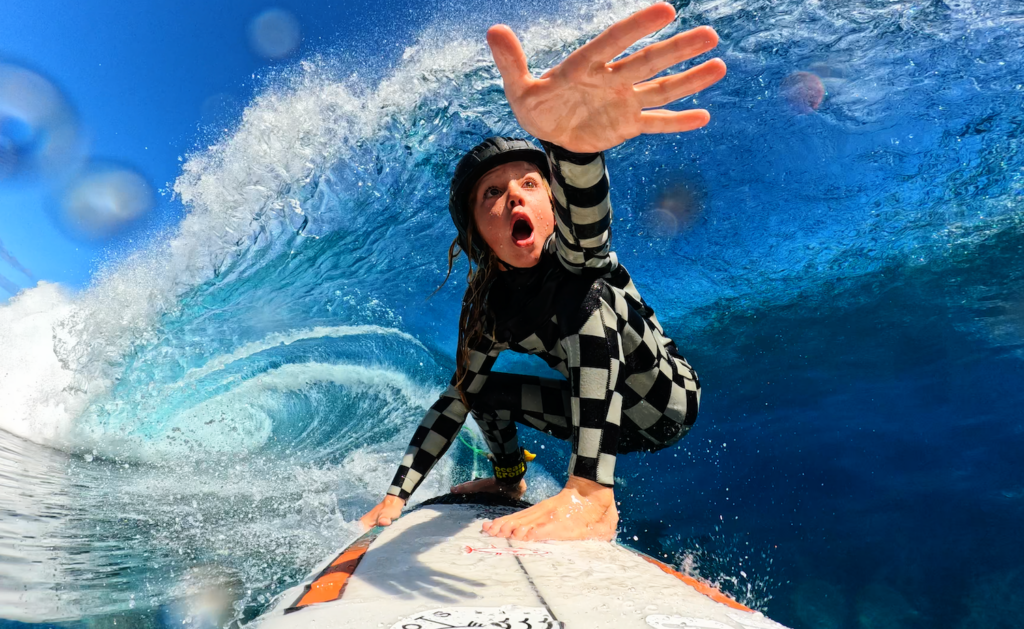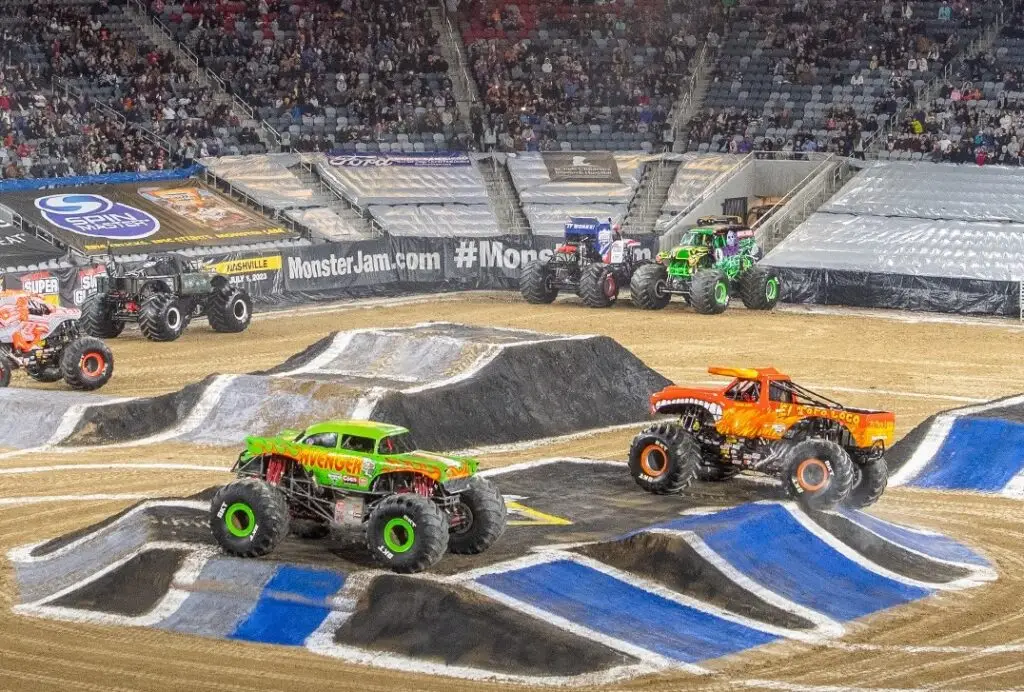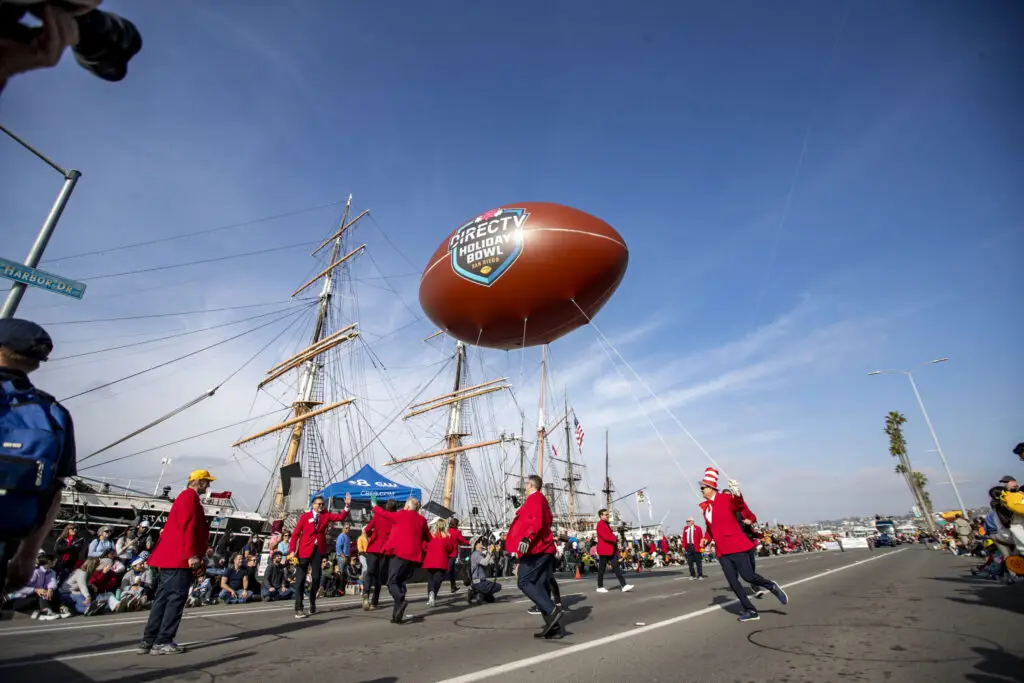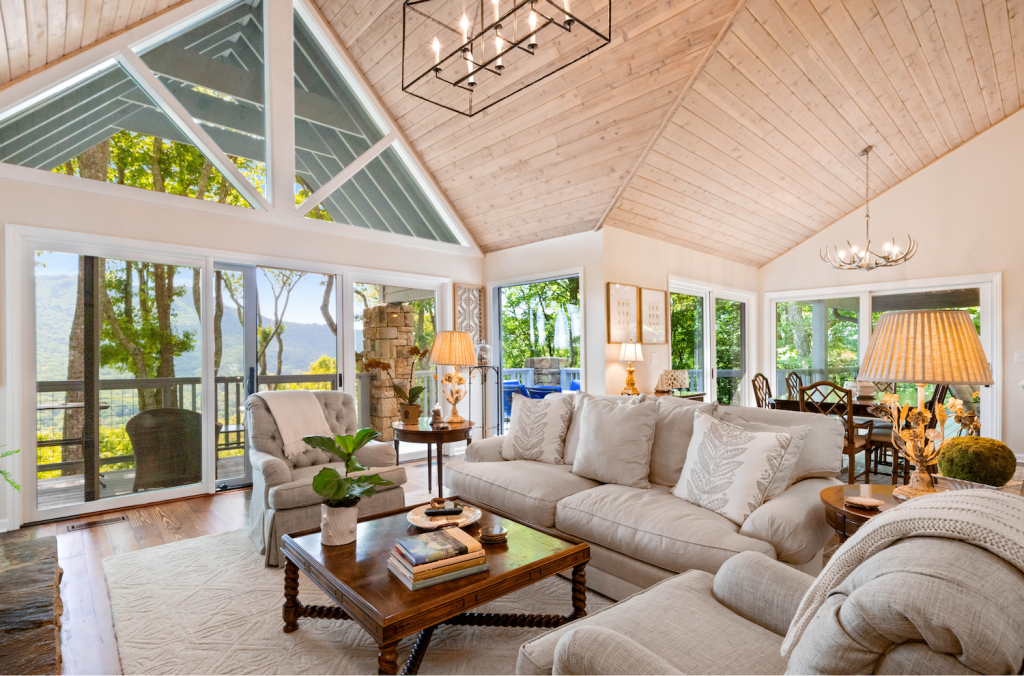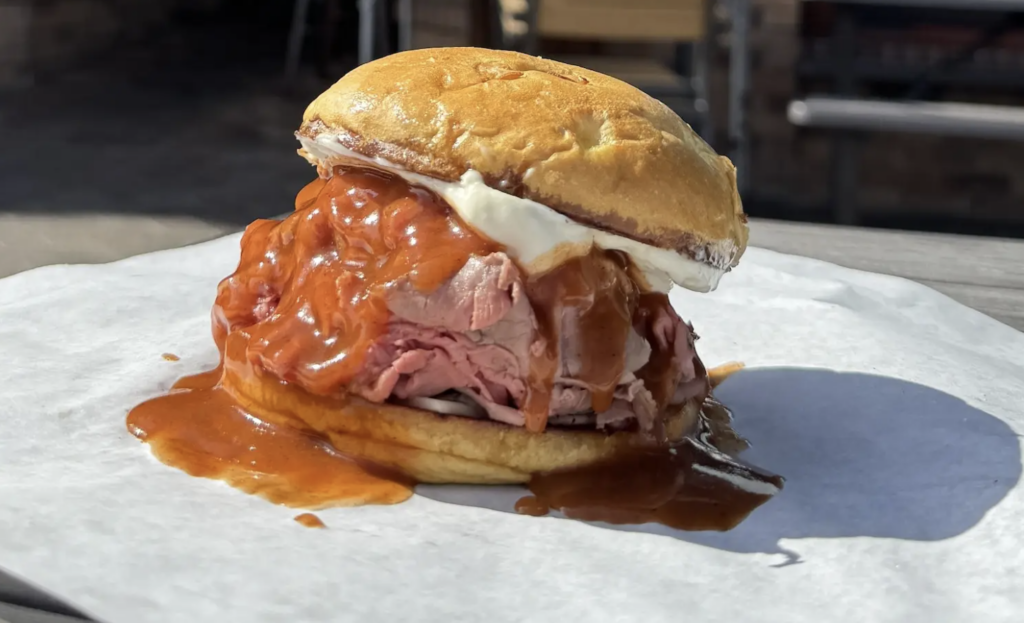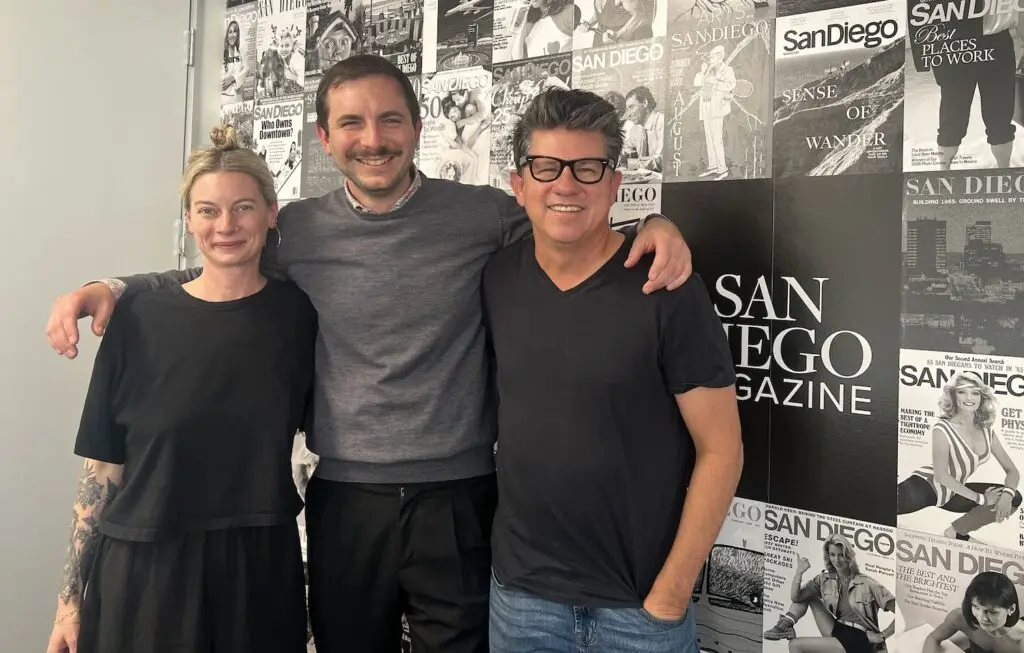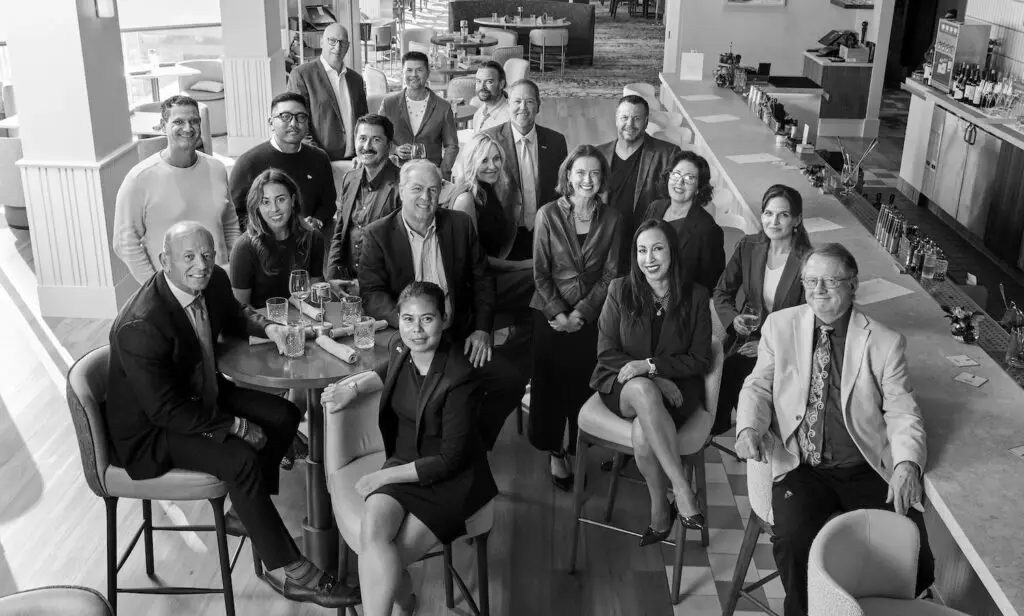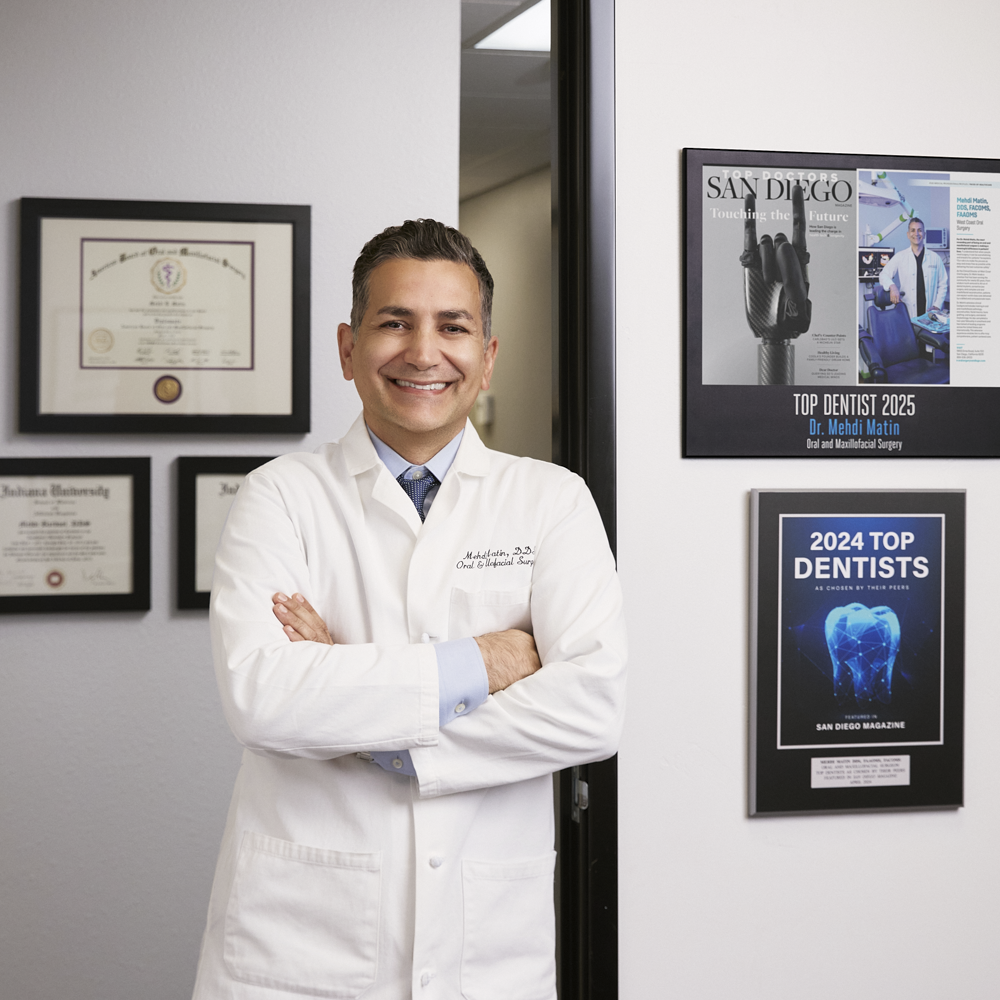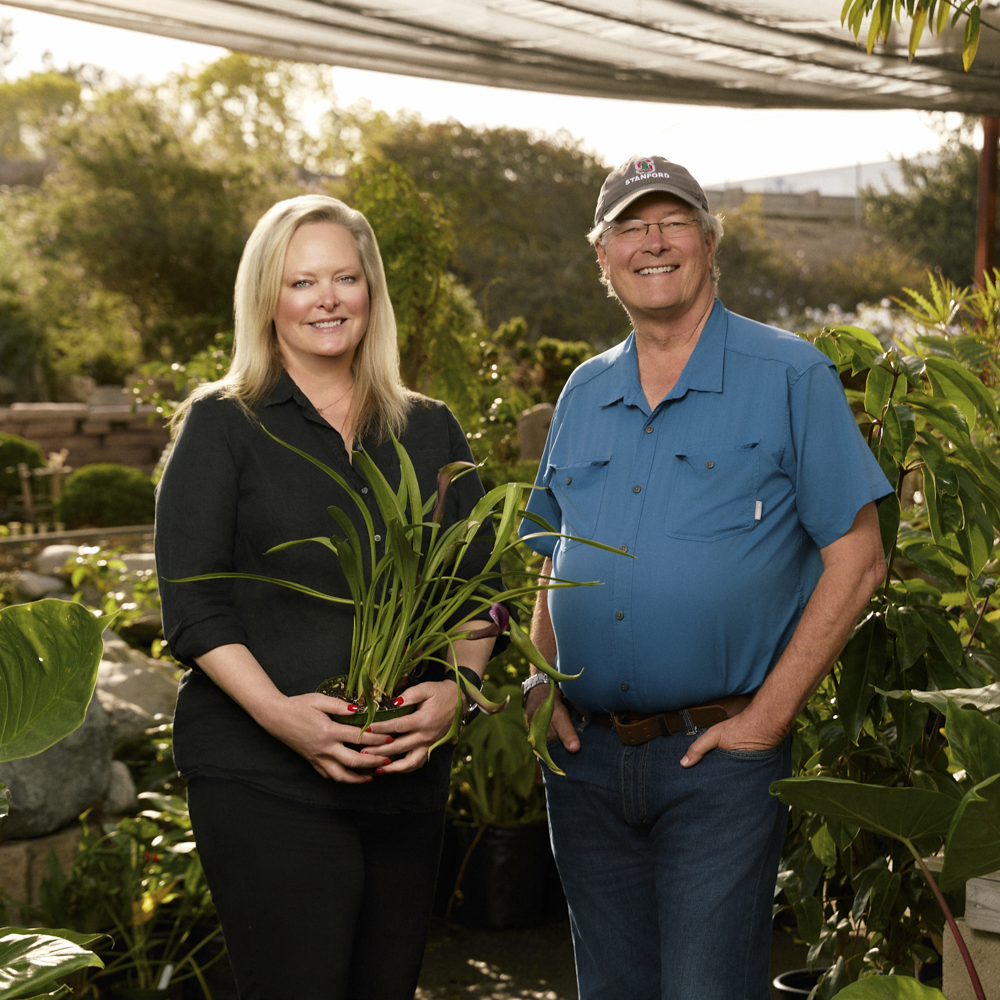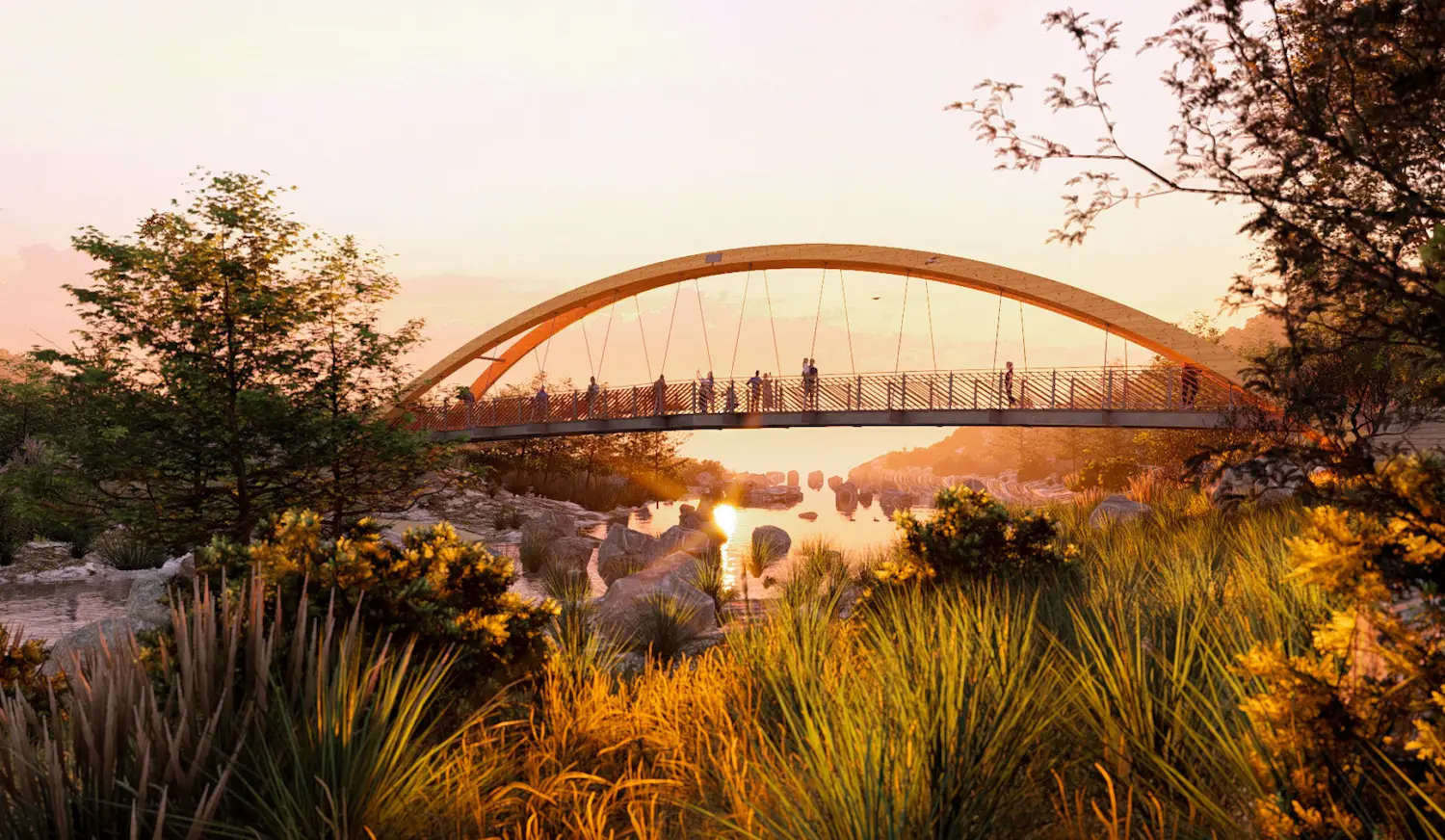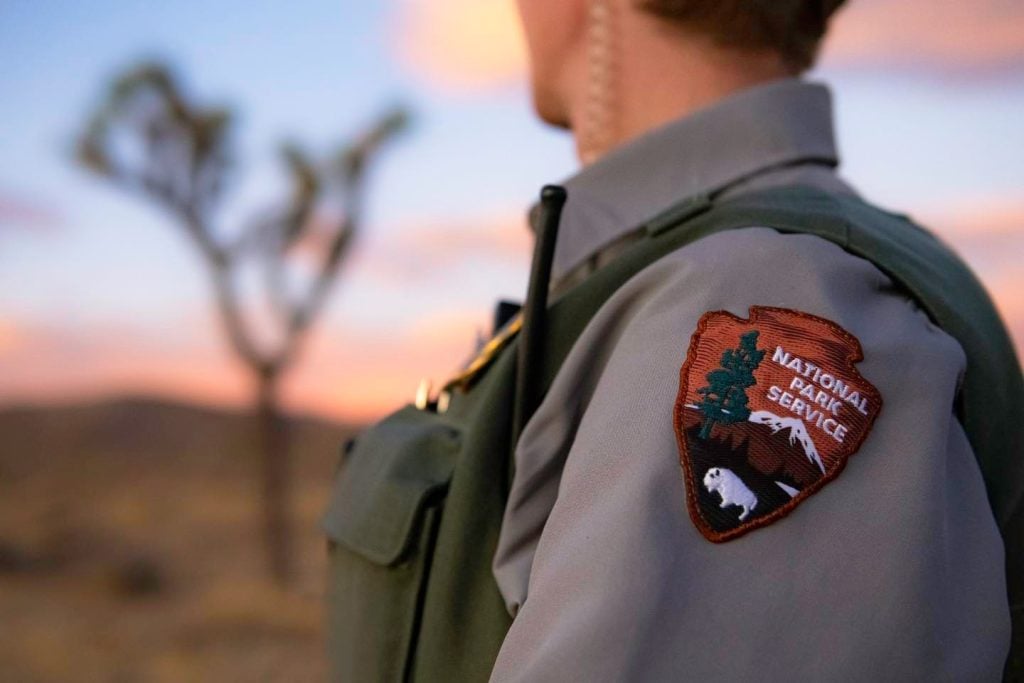When Ben LeNail’s son Max drowned while crossing the San Diego River in Mission Trails Park, LeNail immediately vowed to build a bridge across the river in honor of his child.
That was in January 2021. Now, after more than four years of tireless effort, LeNail says he’s given up. He has issued a stop-work order on all activities for the Max Lenail Memorial Bridge. “I’m very sad. It’s like Max dying a second time, my tribute to him not coming to fruition,” LeNail reflects. “It’s a huge missed opportunity because it has universal support. Everybody wants it. I’m questioning myself, how I couldn’t get to the final stretch.”
But by all accounts, LeNail did everything right. The issue is that building in Mission Trails over the San Diego River requires a massive number of permits and studies on the impacts of the surrounding environment. LeNail was hoping a federal grant secured by Congresswoman Sara Jacobs would pay for much of that, but when President Trump took office, the funding was cut off.
“I’m, of course, looking back here and wondering if I did something wrong. I don’t think I did,” LeNail says. “I think I was totally taken by surprise. I knew that soft costs were going to increase as we were getting closer to obtaining the permits. But they increased very suddenly and dramatically. The spending went up dramatically in the last three months.”
Those costs covered studies needed for permits, and LeNail explains that he expects he’d need another $500,000 to do everything required.
“On top of that, literally on May 31st, the head of the Mission Trails Regional Park Foundation, Jennifer [Morrissey]—who’s wonderful—informed me that the state grant of $1.5 million that we have for the bridge is really earmarked for construction and should not be tapped for pre-construction activities,” LeNail adds.
On the same day, LeNail heard from Jacobs that “because of the Trump cuts to California education, healthcare, and public safety, she was not going to be able to make the federal grant happen.”
The news forced LeNail’s efforts to a halt. “Suddenly, we’re out of money. We don’t have any reserves to tap,” he says. “We’ve exhausted all avenues, and I have to idle my team. I have to have a sober assessment of the fact that maybe I took it as far as I could go, and I have to put a hard hold on it and turn it over to the San Diego authorities and say, ‘Now, if you want a bridge, you have to make it happen.’”
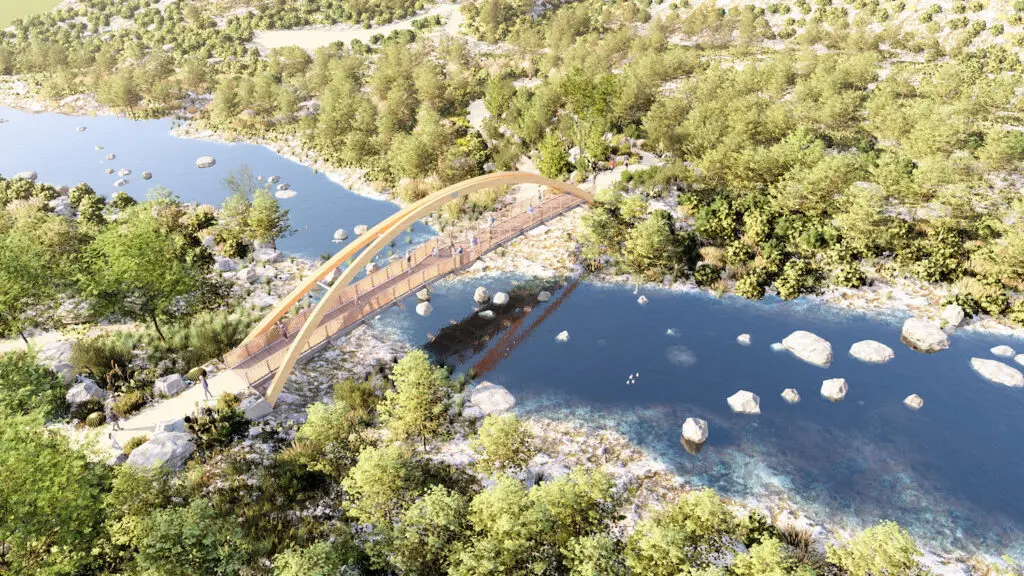
This was after LeNail raised $1 million, secured the state grant, spent 3,000 hours, and made 18 trips to San Diego from Palo Alto to work on the project. “A huge amount of intellectual, emotional, and practical investment, and without success,” he says. “That’s very hard.”
And all of that time spent working on the project means LeNail has been continually reliving the tragedy that ended his son’s life.
More than four years ago, LeNail’s son Max was five minutes away from wrapping up his run after climbing South Fortuna in Mission Trails. A massive hail storm began, and Max kept going, following the San Diego River Crossing trail, which he thought would lead him back to his car in the parking lot. But instead, he came to the rushing river and no bridge.
It’s unclear what happened next, but Max’s GPS watch shows that he hesitated at the side of the river, then decided to cross it. Usually, the river’s waterline is fairly low, but with the rains that winter, it was a rushing torrent. The next day, Max was found dead further downstream. He was almost 22 and about to graduate from Brown University, with plans to become a doctor.
Almost immediately, LeNail and Max’s mother Laurie Yoler committed to building the bridge. Despite living nearly 500 miles away, they became fixtures in the San Diego political scene, working to get the job done.
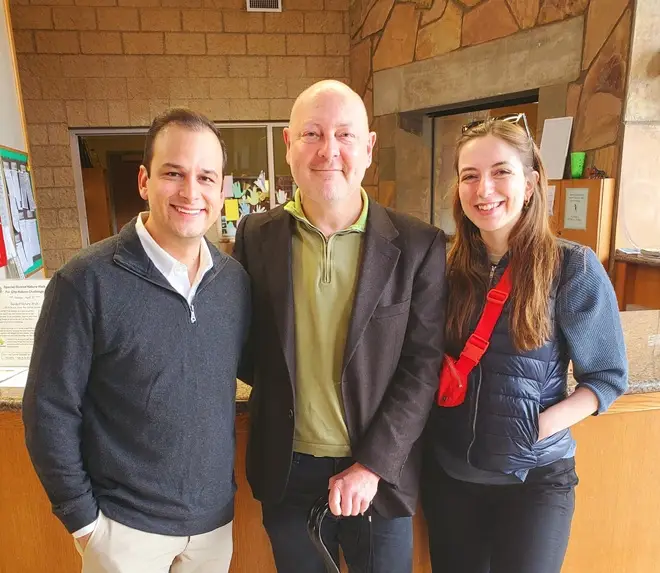
Bob LeNail with Councilman Raul Campillo
Councilman Raul Campillo, who represents the area that includes Mission Trails, says not all hope is lost.
“I think that, with a concerted effort, there’s really nothing [LeNail] and [Yoler] can’t get done. But right now, it is in a wait-and-see pattern,” he explains. “Whatever they ask me to do, I’m going to do my best to get it done. I’m 100 percent behind this project. It’s not just for their family—it’s for the public safety of everyone who crosses the river right there, which is tens of thousands of people a year.”
Indeed, people wade across the river or walk on tip-toes along the rocks to try to cross on a daily basis. Campillo says just as the river increases the danger, it increases the complications of construction.
“As soon as you have two or more levels of government bureaucracy that have to sign off, it almost always compounds the problem,” he adds. “This is not unique to San Diego. We’re seeing this across the entire state. I just don’t understand how policymakers at other levels of government—especially on a public safety project like this—don’t take it more seriously and fast-track the process.”
For now, the path forward, Campillo says, is to convince state and federal agencies “to really get on board” and make the permitting process easier.
“It’s just really disappointing and yet not at all surprising that state and federal agencies are in the way and are just really not in any rush to make sure these approvals can get in place as costs escalate,” says.
He adds that if involved parties are able to raise more funds, the project can push through. But that money will not likely come from the federal government. “With DOGE basically putting a stop on so much highly impactful scientific research, trying to get money for a bridge over the river—which is a really important public safety project, to be very clear—I think the hope of that is very, very low,” Campillo says.
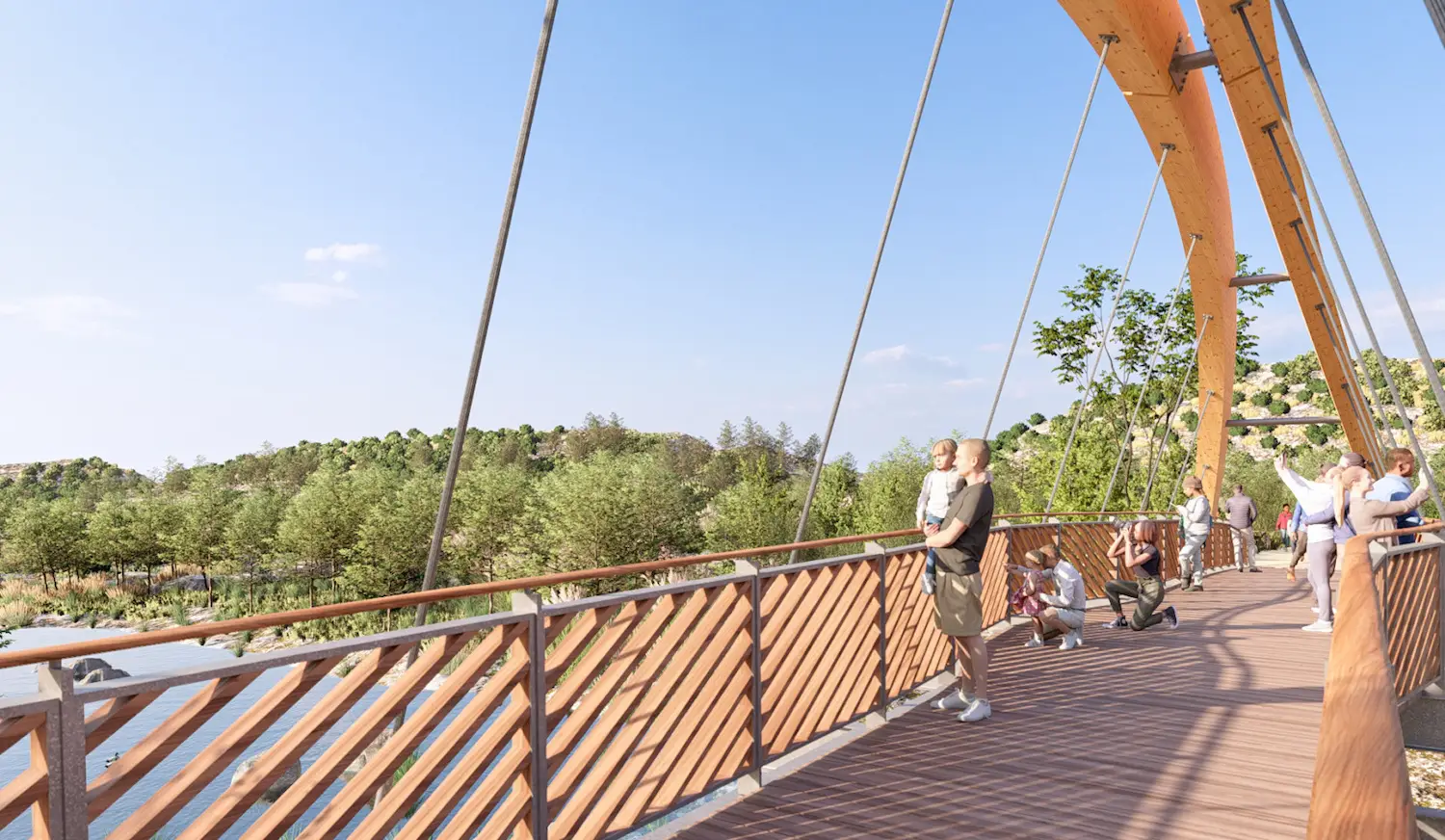
Jacobs said in a statement that Max Lenail’s accidental drowning was tragic “and entirely preventable if we had the necessary safeguards in place. Mission Trails needs this pedestrian and bicycle bridge to ensure public safety and save lives … I’m disheartened that the Army Corps of Engineers’ stop-work order and their eligibility requirements for federal grants have prevented progress from being made on this project. My office will continue to explore ways to get this bridge built to benefit our entire community.”
LeNail is now making one last push to see if he can use the $1.5 million in state grants to help with the permits, even though he was told it has to be saved for construction.
“I’m making a sort of symbolic case to see if we can tap the state grant to get the permits,” he says. “Once issued, they’re valid for two years. The city told us they could maybe extend that to three years. Then we’d have to raise more money to build, but at least we’d have a two- to three-year window to do that. I would love that, if we could get the permits and show that we succeeded in that.”
PARTNER CONTENT
In the meantime, LeNail adds, the danger is still there.
“I think a bridge is needed more than ever,” he emphasizes. “It’s a dangerous spot. It’s a popular spot. Any time I’ve been there, I’ve seen dozens of people crossing in a matter of minutes. I think there could very well be another fatality there sometime in the next three or four years.”
